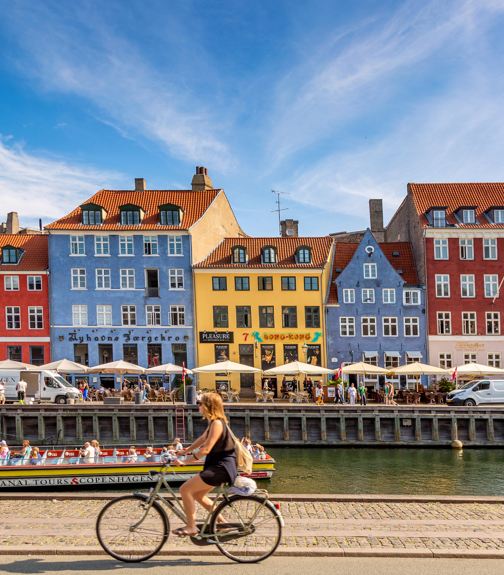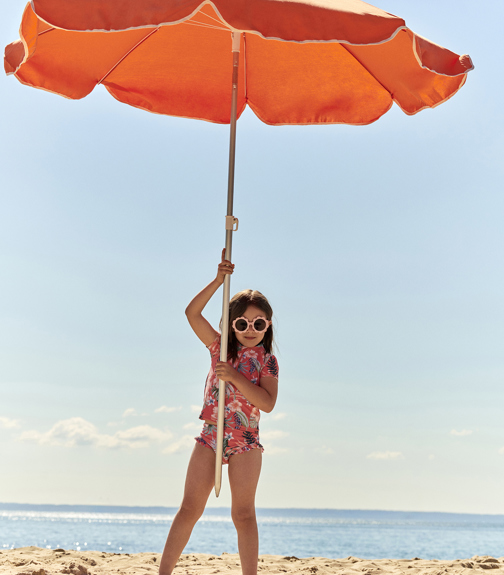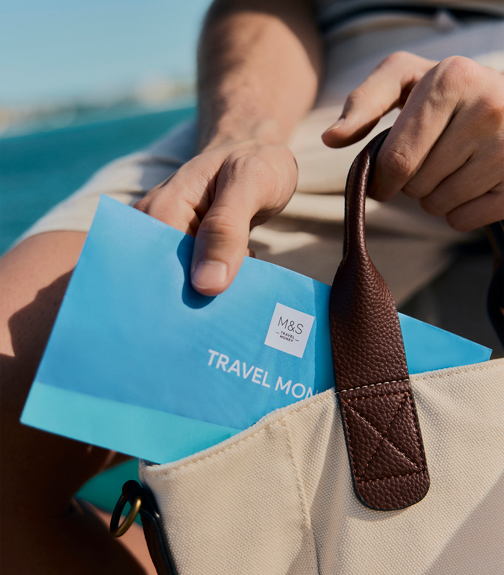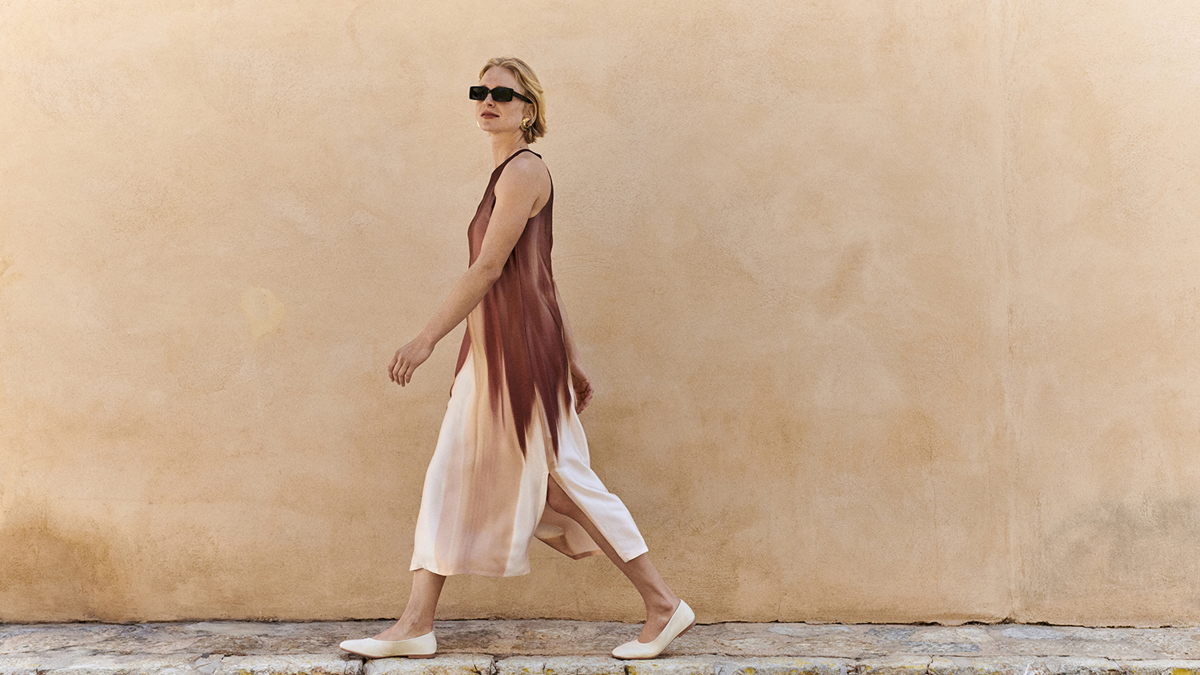How to order Danish Kroner
-
Order your Danish Kroner online with our currency Click & Collect service. Choose your collection date and pick up from your selected M&S store’s bureau de change.
Click & Collect DKK in as little as 60 seconds*.
*Subject to availability.
-
Or visit a participating M&S store to buy Danish Kroner. With stores nationwide - many open seven days a week and late into the evening - you can buy your Travel Money at a time that suits you.

Why buy Danish Kroner from M&S Travel Money?
Danes are known for their easygoingness, so start your Denmark trip with minimal hassle thanks to M&S Travel Money, where you can expect:
- Stores open 7 days a week.**
- A choice of collection options.
- Over 50 currencies avaliable in selected stores.
**Store opening hours vary.

What you need to know about the Danish Krone currency
The Danish Krone is the official currency of Denmark, Greenland and the Faroe Islands. Its symbol is kr and its currency code is DKK. It uses both coins and banknotes, and each Krone (plural ‘Kroner’) contains 100 Øre.
Coins include:
50 Øre, 1kr, 2kr, 5kr, 10kr, 20kr
Banknotes include:
50kr, 100kr, 200kr, 500kr, 1,000kr
You can buy Danish Kroner online using our Click & Collect service. Or to buy your currency in person, just visit us in a participating M&S store.
^^Please note not all denominations are available to exchange.

Guide to Denmark
Home to Legoland, Vikings, fairy tales, romantic castles and striking design, Denmark is a superb destination for family holidays, couples’ escapes or even solo adventures. Search for trolls, indulge in drømmekage (dream cake) and cycle through picturesque cobbled towns, while enjoying a famously friendly Danish welcome.
With thousands of miles of beautiful coastline, over 400 islands and even a desert - the Råbjerg Mile sand dune - there’s no shortage of spectacular landscapes to discover in Denmark.
Its capital, Copenhagen, is one of Europe’s cosiest capitals, with a charming blend of modern architecture and a historic old town. Here you can visit the ‘Little Mermaid’ statue - a tribute to one of Denmark’s most famous writers, Hans Christian Anderson - the Tivoli Gardens and Copenhagen’s lively neighbourhoods.
Frequently asked questions
Though you’ll typically be able to use credit and debit cards in most areas of Denmark, you should still take Danish Kroner in cash. By paying in cash, you can avoid the fees, charges and unfavourable exchange rates usually incurred by overseas card payments.
Denmark can be quite pricey, especially if you’re visiting a major city like Copenhagen or Aarhus.
If you’re visiting Copenhagen, you can expect to pay around:
- 140kr (£15.67) for a basic meal.
- 20kr (£2.24) for a bottle of water.
- 43kr (£4.81) for a regular cappuccino.
- 24kr (£2.69) for a one-way ticket on local transport.
When visiting Denmark, you should expect to pay in Danish Kroner. You may occasionally be able to spend Euros , American Dollars, Swedish Krona or Norwegian Krone, but this is never guaranteed.
If you’re a UK citizen, you can stay in Denmark for up to 90 days without a visa. This also applies if you’re transiting through Denmark to get to Greenland, the Faroe Islands, or somewhere completely different.
You should always research the most up to date visa guidelines before planning a trip. Other passport holders should check the entry requirements with your country’s embassy.
Tipping isn’t very common in Denmark, but it’s appreciated all the same.
Denmark has two main languages - Danish and German. Danish is the official language, while German is widely spoken in South Jutland.
The Danish language has roots in Old Norse, just like Swedish and Norwegian, so you’ll probably notice similarities with other Scandinavian languages.
Most Danes also speak English fluently.
Denmark, Greenland and the Faroe Islands are generally considered safe places to visit.
However, you should visit the Foreign, Commonwealth & Development Office (FCDO)for the latest government travel advice for Denmark before departure
There’s no shortage of things to do in Denmark throughout the year, but winter (December to February) has a unique charm. Winter in Denmark brings colder weather and the possibility of snow, making it the peak season for winter sports and visiting magical Christmas markets.
March to August is also a fantastic time to visit. The weather is warmer during these months, and you’ll be able to explore Denmark’s coastline and natural parks without needing to wrap up!
Yes, it's best to get Danish Krone before you travel so that you to get potentially better rates. Avoid exchanging currency at the airport, where rates may be unfavourable.
The Danish Krone is the official currency of Denmark, Greenland, and the Faroe Islands.
Denmark uses the Danish Krone as its currency and currently has no plans to adopt the Euro.
Some Danish Kroner coins feature holes to help people with visual impairments identify different coins.
Other popular currencies
If you are planning a future holiday or a trip that takes in multiple destinations, these other currencies may be useful:


